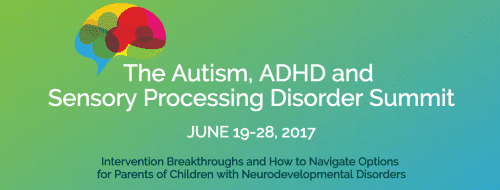DX
07
Sep
Interactive Metronome® is featured in THE HEALING JOURNAL!
How Feedback Synchronizes the Auditory Brain - by Kraus, Nina, PhD; White-Schwoch, Travis
The Hearing Journal: September 2018 - Volume 71 - Issue 9 -p 44,46
doi: 10.1097/01.HJ.0000546269.84810.98
Hearing Matters
Making sense of sound is about a lot more than just hearing: The auditory brain is...
05
Sep
Interactive Metronome ® is being presented at: Sound Health: Music and the Mind Shaping our Children’s Lives Through Music Engagement an NIH -KENNEDY CENTER PARTNERSHIP
Interactive Metronome® is being presented at: Sound Health: Music and the Mind Shaping our Children's Lives Through Music Engagement an NIH -KENNEDY CENTER PARTNERSHIP
On Friday, September 7 and Saturday, September 8, 2018, the National Institutes of Health and the John F. Kennedy Center for the Performing Arts, in association with...
02
Jul
THE HEALING JOURNAL: New Connections in Music Therapy and Audiology
New Connections in Music Therapy and Audiology
Kraus, Nina, PhD; White-Schwoch, Travis
The Hearing Journal: July 2018 - Volume 71 - Issue 7 - p 44,46
In May 2018, Northwestern University hosted "Music Therapy at the Crossroads," an interdisciplinary conference on the intersections between music therapy, medicine, society, and everyday life. The conference...
18
Jan
ON THE RADIO: New Orleans Speech and Hearing Center
In this clip, Terry Westerfield of United Way and her guest Lesley Jernigan a Speech and Language Pathologist and COO for the New Orleans Speech and Hearing Center discuss Interactive Metronome and the fascinating advancements their clinic has experienced since having IM in the New Orleans Speech and Hearing Center.
"It's...
21
Nov
Are You Reinforcing a Strength or Improving a Weakness with Your IM Training Plan?
Check it out! Amy Vega, MS CCC-SLP and IM's Clinical Education Director, Clinical Advisory Board Director and Clinical Education Administrator shares with us the importance of focusing on a clients strength to impact training outcome.
Are You Reinforcing a Strength or Improving a Weakness with Your IM Training Plan?
Often, the goal...
19
Oct
IM Games Create a Platform for Engagement and Success with Sensory Integration
Check it out! IM is featured in the book "When Kids Fly! Solutions for Children with Sensory Integration Challenges" by Sally Fryer Dietz, PT, CST-D. IM Provider, clinic owner and author Sally Fryer Dietz is a physical therapist, developmental specialist, sensory integration expert, child advocate and mother. As a leading...
04
Aug
Check out Dillen Hartley’s Presentation from the Austim, ADHD and SPD Summit!
IM Provider, Course instructor and researcher Dillen Hartley, OTR/L presented at the Autism, ADHD, and Sensory Processing Disorder Summit. He discussed Interactive Metronome Applications for Retraining the Brain in ASD, ADHD and SPD.
Dillen graduated from the University of Pretoria, South Africa, school of Occupational Therapy in 1995 and moved to...
14
Jul
Meet Our 2017 July Provider of the Month! Stephanie M. Foster
Meet our July 2017 Provider of the Month, Stephanie M. Foster PhD, OTR/L. This accomplished IM Provider, really runs the gamut as far as skills, knowledge and experience. After years of working with clients of all ages and conditions Stephanie decided to open her own practice, called Kid's Work. Her...
09
Jun
IM Featured in the News: Brain Injury Radio
IM in the News: Listen live (or catch up with the recorded interview) as our Clinical Education Director, Amy Vega, discusses IM and Brain Injury with Kim Justus on the Recovery Now radio program on Brain Injury Radio.
18
May
Focus on the Things That Matter
Attention Deficit Hyperactivity Disorder (ADHD) is one of the most diagnosed childhood disorders, but children aren’t the only ones who can be affected. This new infographic will help you to explain to your clients the types of ADHD, how symptoms can present themselves in various environments and tips to living with ADHD.










